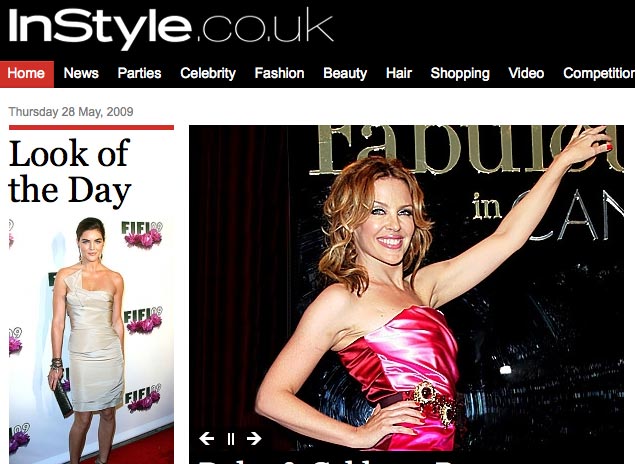We’re a little late off the mark with this Editors’ Pick, but it’s a goody. @DanielSBaum’s tweet-by-tweet account of his:
“… Short Career at The New Yorker
Ran as a Series of Tweets on
May 8, 11, and 12, 2009″
We’re a little late off the mark with this Editors’ Pick, but it’s a goody. @DanielSBaum’s tweet-by-tweet account of his:
“… Short Career at The New Yorker
Ran as a Series of Tweets on
May 8, 11, and 12, 2009″
A discussion started on May 18 is yielding some interesting responses. Bart Mariner kickstarted it with this:
“In the last months I’ve been attending several conventions. I don’t share some pessimistic views from tired publishers. My recent job experience has been with newspapers and many of them have reasons to be scared of since they provide information and it is seen nowadays as a commodity. But magazines are more than information. They are about experiences and they have been able to built communities around them that are the basis to built digital places. Do you agree?”
IPC Media’s InStyle has revamped its website with a new black background, bigger images and new advertising formats, including a larger size MPUs – an Internet Advertising Bureau (IAB) first, according to a press release.

The main features of the new design are:
In less than 10 days since it put out a call to readers for donations, US music magazine Past has raised $175,000.
The title, which already has around 200,000 subscribers, hopes a figure of $300,000 can be reached.
Bloggasm’s Simon Owens asks whether the same model can work for other publications.
This week’s cover of the New Yorker was drawn by Jorge Colombo using an iPhone application called Brushes – akin to finger-painting. Watch the video below to see Colombo at work:
Tony Elliott, the proprietor of listings magazine Time Out, is considering selling control of the title to help fund online expansion.
“We want to develop in Edinburgh, Bristol, Leeds and Manchester; in Miami, Los Angeles and San Francisco. And we’d certainly not look to launch magazines in places like Paris or Los Angeles without a developed website in place first,” he told the Times.
The publishing industry is in ‘remarkably robust’ health, according to a new survey of 187 companies – encompassing 911 consumer magazines, 855 B2B magazines and newsletters, 413 newspapers (both regional and national) and a total of 1,056 individual websites.
The survey, which was a joint project between Wide Area, Wessenden Marketing and InPublishing magazine, suggests a slide rather than plunge in industry turnover – partly a result of ‘headcount reduction and ruthless cost control, where marketing budgets in particular have suffered’.
“Online growth is clearly outstripping print revenue trends; circulation revenues are performing better than advertising sales; and subscription sales better than retail copy sales. ‘Other revenues’ (which include reader offers, events & services, as well as contract publishing) are showing medium growth, behind online, but ahead of print revenue streams,” the survey suggests.
This is an extensive piece of work, well worth a read (you’ll need to register), and includes sub-sections dealing with:
Online opportunities and threats
Website profitability and costs
How publishers are planning to ‘manage the future’
Some key findings from the report are below:
Magazine publishers are realising the potential of iPhone apps to promote their content and title, but also to create innovative revenue streams.
Launch of ParentDish.co.uk follows US version set up in May last year and will make use of Bauer’s existing askamum.co.uk brand.
The latest on the $10m lawsuit filed by two Papua New Guineans on April 20, against New Yorker magazine and Jared Diamond (follow link for background).
As Knight Science Journalism Tracker noted the AAAS’s Science magazine gives a detailed account of the case and appear to have obtained the first quotes from Diamond and the New Yorker Magazine in regards to the allegations. Science magazine’s article is available to subscribers, at this link.
According to Science, Diamond told them: “Everyone knows that The New Yorker is not a scientific publication; it’s journalism.”
David Remnick, editor of The New Yorker is also quoted: “Journalistic practice differs from scientific practice in a number of ways and this seems to be one of them. Using real names is the default practice in journalism.”
Remnick defended Diamond’s article to Science. “It appears that The New Yorker and Jared Diamond are the subject of an unfair and, frankly, mystifying barrage of accusations”. Diamond told Science: “The complaint has no merit at all.”
StinkyJournalism.org, which published the report investigating Diamond’s article have responded to the Science feature here, at this link.